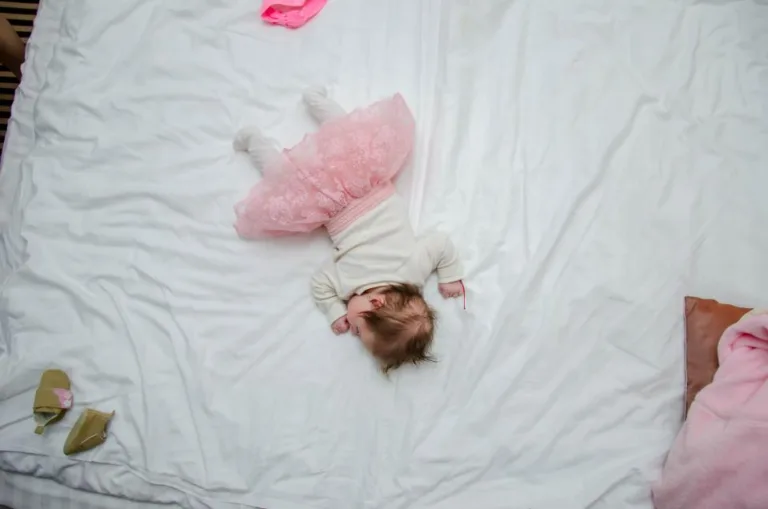Importance of Umbilical Cord Care
Umbilical cord care is a crucial aspect of newborn care, as it plays a vital role in preventing infection and ensuring the well-being of the infant. Proper care of the umbilical cord stump can help promote a smooth, trouble-free healing process, making it essential for new parents and caregivers to be well-informed about appropriate practices.
Risks of Improper Care
Neglecting to provide appropriate care for the umbilical cord can lead to several complications, including infection and delayed healing. In some cases, improper care may even result in more severe issues such as omphalitis, an inflammation of the umbilical cord that can be life-threatening if left untreated. As such, it is crucial for parents and caregivers to recognize the importance of proper umbilical cord care and to adhere to recommended guidelines to safeguard the health of their newborns.

Understanding the Umbilical Cord
Function during Pregnancy
The umbilical cord serves as a lifeline between the mother and the developing fetus during pregnancy. This remarkable structure is responsible for the delivery of oxygen-rich blood and essential nutrients to the fetus, while simultaneously carrying away waste products and carbon dioxide. The umbilical cord, which connects the baby to the placenta, typically measures around 50-60 centimeters in length and consists of two arteries and one vein encased within a protective, gelatinous substance called Wharton’s jelly.
Separation Process after Birth
Following the birth of the baby, the umbilical cord is clamped and cut, severing the connection between the newborn and the placenta. The remaining stump, which usually measures between 1-2 inches in length, will eventually dry up and fall off on its own. This natural process of separation generally takes about 1-2 weeks, though it may sometimes take longer. During this time, it is crucial for parents and caregivers to follow proper umbilical cord care guidelines to prevent complications and ensure a healthy healing process.
Steps for Proper Umbilical Cord Care
Keep the Area Clean and Dry
Ensuring the umbilical cord stump remains clean and dry is of paramount importance to facilitate proper healing. Gently cleanse the area around the stump with a clean, damp cloth or cotton swab at least once a day, or as needed. Be sure to pat the area dry after cleaning, as moisture can impede the healing process and increase the risk of infection.
Avoid Submerging in Water
Until the umbilical cord stump has fallen off and the area is fully healed, it is advisable to avoid submerging the baby in water. Opt for sponge baths instead of tub baths during this period to prevent the stump from becoming saturated, which could prolong the healing process or contribute to infection.
Let the Cord Breathe
Allowing air to circulate around the umbilical cord stump can help expedite the drying and healing process. Dress your baby in loose-fitting clothing, and fold down the diaper’s front edge to expose the stump to air. This practice not only promotes drying but also reduces the likelihood of irritation caused by contact with a wet or soiled diaper.
Monitor for Signs of Infection
Parents and caregivers should be vigilant in observing the umbilical cord stump for any signs of infection. Symptoms may include redness, swelling, pus, foul odor, or bleeding that persists beyond the first few days after birth. If any of these signs are present, it is essential to consult a healthcare professional promptly to receive appropriate medical intervention and prevent complications.

Umbilical Cord Falling Off
The process of the umbilical cord stump falling off is a natural and expected occurrence in the early weeks of a newborn’s life. As the stump dries and heals, it gradually changes in color and texture, transitioning from a bluish-white hue to a dark brown or black color. During this time, it is essential for parents and caregivers to provide appropriate care to facilitate the healing process.
Common Concerns and Myths
Using Alcohol to Clean the Cord
In the past, it was common practice to use alcohol (isopropyl or ethyl alcohol) to clean the umbilical cord stump. However, recent research has shown that leaving the stump to dry naturally may actually promote faster healing. Current guidelines from the American Academy of Pediatrics (AAP) and the World Health Organization (WHO) recommend against routine alcohol use for cord care, instead advising to keep the area clean and dry with water alone.
Applying Ointments or Powders
Another common misconception is that applying antiseptic ointments, creams, or powders to the umbilical cord stump can promote healing or prevent infection. However, these products can inadvertently create a moist environment, delaying the natural drying process and increasing the risk of infection. It is generally best to avoid the use of such products and let the cord stump dry and fall off naturally.
When to Worry about Delayed Healing
While most umbilical cord stumps will fall off within 1-2 weeks, some may take slightly longer to heal. If the stump remains attached beyond three weeks or shows signs of persistent bleeding, it is advisable to consult a healthcare professional for evaluation. Additionally, any signs of infection, such as redness, swelling, pus, or foul odor, warrant prompt medical attention to ensure the baby’s well-being and prevent complications.
Umbilical Cord Care in Different Cultures
Traditional Practices
Umbilical cord care practices vary significantly across different cultures and traditions. In some communities, herbal mixtures or natural substances like turmeric, ash, or oil are applied to the cord stump as a means of promoting healing and preventing infection. Other customs may involve rituals or ceremonies surrounding the cutting, disposal, or preservation of the umbilical cord, often imbuing it with spiritual or symbolic significance.
Modern Adaptations and Considerations
While many traditional practices have been passed down through generations, it is crucial to consider the potential impact on the newborn’s health and adhere to evidence-based guidelines for umbilical cord care. Parents and caregivers from diverse cultural backgrounds should be encouraged to discuss their traditional practices with healthcare professionals. This dialogue can help create a culturally sensitive and safe care plan that respects cultural beliefs while prioritizing the well-being of the newborn.
Conclusion
Importance of Proper Care
Proper umbilical cord care is essential in ensuring a healthy start for newborns. By following evidence-based guidelines, parents and caregivers can minimize the risk of complications, such as infection or delayed healing. It is crucial to prioritize the baby’s health and well-being while navigating the various traditional practices and cultural beliefs associated with umbilical cord care.
Empowering Parents with Knowledge
Empowering parents with accurate information and guidance on umbilical cord care is a vital component of successful newborn care. By being well-informed and aware of the best practices, parents can confidently care for their newborns and create a nurturing environment that fosters optimal growth and development. Open communication between parents, caregivers, and healthcare professionals is key to ensuring that the baby receives the best possible care during this critical period.







